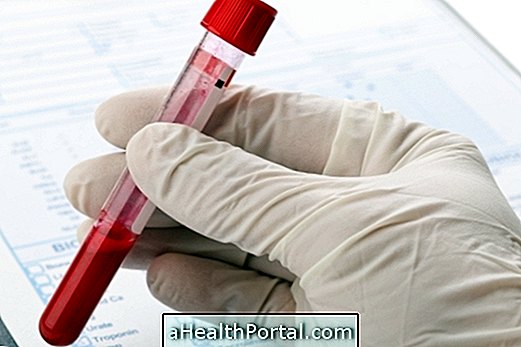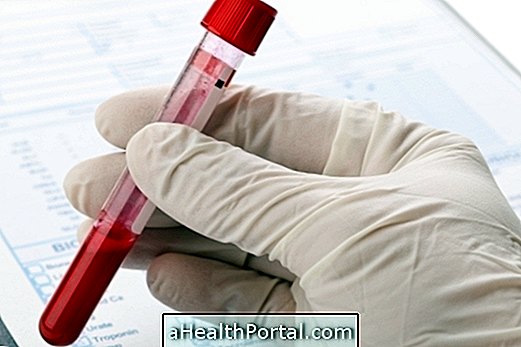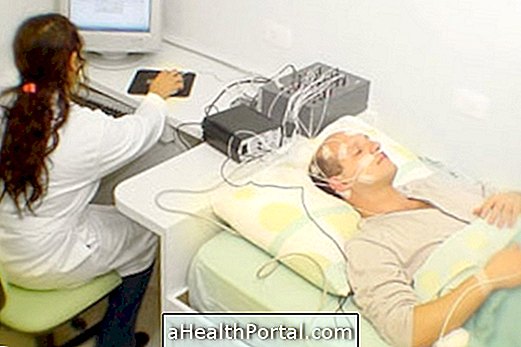The antibiogram, also known as the Antimicrobial Sensitivity Test (TSA), is an examination capable of determining the sensitivity of the bacteria to antibiotics and may indicate to the doctor which antibiotic is most advised to treat the patient's infection.
Usually, this test is performed in conjunction with the culture of secretions, such as blood (blood culture) or urine (urine culture), for example, because it is the test that identifies whether there is an infection and what microorganism is responsible for it. Understand how the uroculture is done to identify the urinary tract infection.

How is the antibiogram done?
To perform the antibiogram, the doctor will request the collection of biological material such as blood, urine, saliva, phlegm, feces or organ cells contaminated by bacteria. Next, these samples are sent to a microbiology laboratory that will analyze the material through the microscope and try to grow the bacteria in agar medium, a type of material that favors the growth of these microorganisms.
After the bacteria grow in the culture medium the antibiogram is performed, which can be done through 2 processes:
- Antibiogram by agar diffusion : in this procedure are placed small discs of paper that contain different antibiotics in the plate where the bacteria grows. After a few hours it is observed if there was growth of bacteria in turns of the disks and in the absence of bacterial growth, one discovers which is the most suitable antibiotic.
- Dilution-based antibiotic: in this procedure there is a container with several dilutions of antibiotic at different doses, where the bacteria to be analyzed are placed. In the container where there was no bacterial growth, is the correct dose of the antibiotic.
Currently there is the automated antibiogram in which the result is obtained through a computer equipment that verifies the effect of the antibiotics on the bacteria and indicates the best treatment to treat the infection.
How to interpret the result
The antibiogram result may take up to about 3 to 5 days, and is obtained by analyzing the effect of antibiotics on bacterial growth. The antibiotic that inhibits the growth of bacteria is indicated to treat the infection, but if the bacteria grow and the antibiotics have no effect, indicates that the bacterium is not sensitive to that antibiotic.
A very common example is the antibiogram performed for urinary infections. E. coli is one of the major causes of urinary tract infection, and in most cases the antibiogram identifies that this bacterium is sensitive to antibiotics such as Fosfomycin, Nitrofurantoin, Amoxicillin with Clavulonate, Norfloxacin or Ciprofloxacin, for example.
Therefore, doctors often do not need the result of this test to start a treatment. However, as the bacteria may be modified, in case of doubts, only the antibiogram can confirm the most effective antibiotics. Learn more about the infections that the E. coli bacteria can cause and how to identify the symptoms.
Why is it necessary to identify the correct antibiotic?
The use of antibiotics that are not correct for a microorganism can cause problems because it can partially treat the infection and cause a more persistent and difficult to treat infection.
For this very reason, it is very important not to use antibiotics without the advice of the doctor and unnecessarily, as this may eventually select bacteria more resistant to antibiotics, reducing the options of remedies to fight infections. Learn how inappropriate use of antibiotics gives rise to superbugs.

























